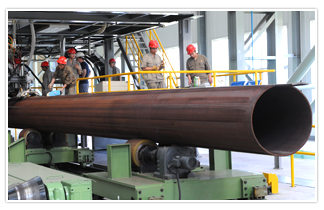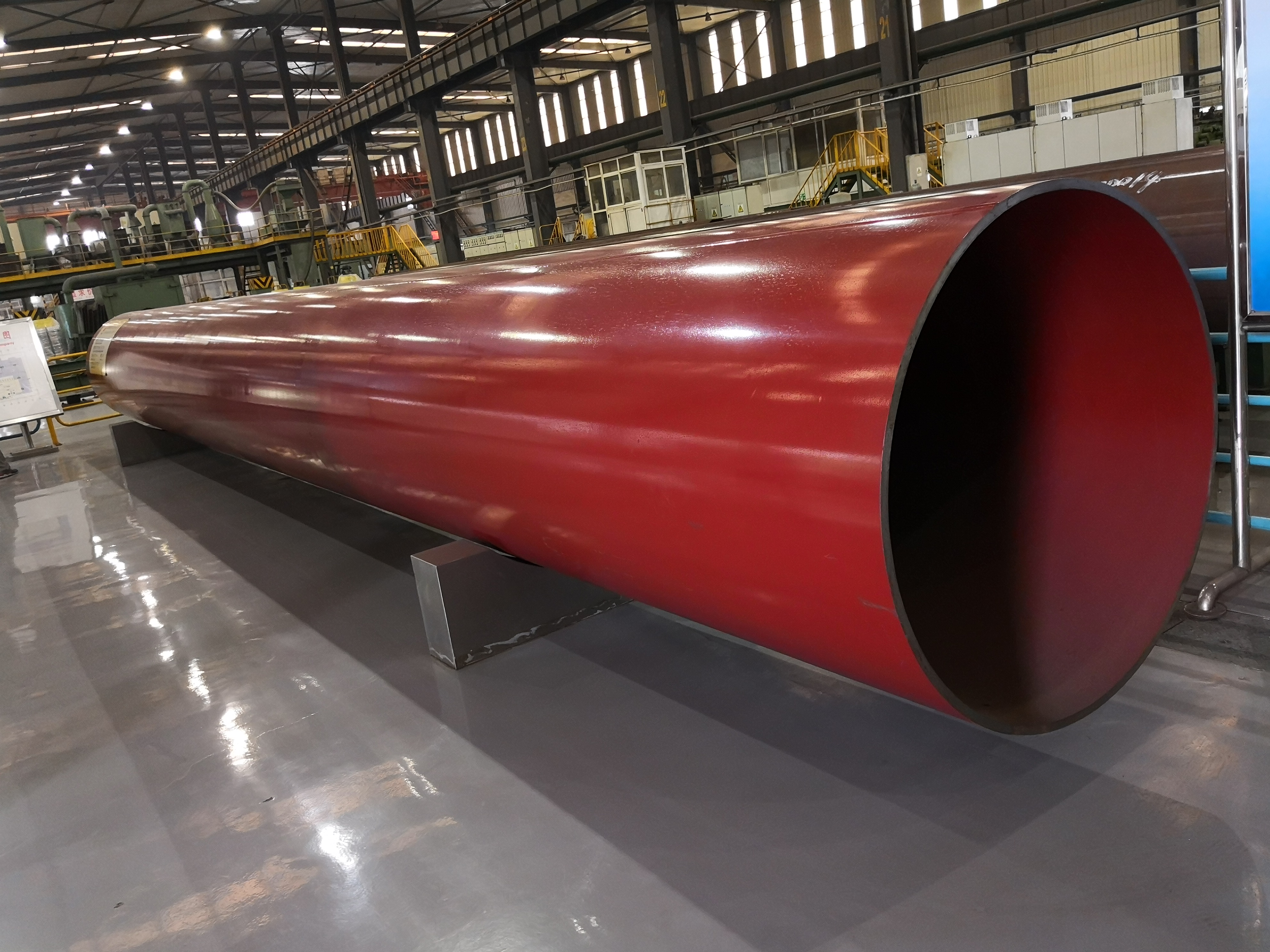-
Material and Manufacturing Process
① Welded Steel Pipes: These pipes are created by bending and shaping steel strips or plates into round or square shapes, resulting in seams on the surface. The raw materials used for welded steel pipes are typically steel plates or strip steels.
② Seamless Steel Pipes: These are made from a single piece of metal, ensuring a seamless surface. Seamless steel pipes are crafted through a process that involves hot rolling or cold drawing.
-
Categories
① Welded Steel Pipes: They can be classified based on the welding method, such as arc welding, high-frequency or low-frequency resistance welding, gas welding, furnace welding, and Bondi welding. Additionally, they can be categorized according to purpose, including general welded pipes, galvanized welded pipes, oxygen-blowing welded pipes, wire casings, metric welded pipes, roller pipes, deep-well pump pipes, automotive pipes, transformer pipes, electric welded thin-walled pipes, and electric welded special-shaped pipes. Furthermore, there are spiral welded pipes.
② Seamless Steel Pipes: These pipes are divided into hot-rolled, cold-rolled, cold-drawn, extruded, and top pipes. Based on the cross-sectional shape, seamless steel pipes can be either round or special-shaped. Special shapes include square, elliptical, triangular, hexagonal, melon-shaped, star-shaped, and finned. The maximum diameter can reach 650mm, while the minimum diameter is 0.3mm.Depending on the specific application, there are thick-walled and thin-walled pipes.
-
Applications
① Welded Steel Pipes: They can be utilized in water and gas pipelines, as well as in large-diameter longitudinally welded pipes for high-pressure oil and gas transportation. Spiral welded pipes find application in oil and gas transportation, pipe piles, and bridge piers.
② Seamless Steel Pipes: These are employed in the petroleum geological drilling industry, as well as in the petrochemical sector for cracking pipes. Boiler pipes, bearing pipes for automobiles and tractors, and high-precision structural steel pipes for aviation all utilize seamless steel pipes.
-
Purposes and Pressure Resistance
① Seamless steel pipes are primarily used in fluid transportation pipelines or as structural components, mainly in the machinery industry. On the other hand, welded steel pipes are mainly utilized in the construction industry for low-pressure fluids such as water, gas, and compressed air. However, seamless steel pipes can be used in all pressure pipelines. The price of seamless steel pipes is generally higher compared to welded steel pipes.
② Welded steel pipes typically have a maximum operating pressure of less than 20 kg, which is a safe range of use. They are commonly employed for low-pressure fluids like water, gas, and compressed air. Seamless steel pipes can withstand extremely high pressures, and of course, their wall thickness increases accordingly. They are typically utilized in high-temperature and high-pressure equipment such as high-pressure oil pipes and boiler tubes. There are also seamless steel pipes for structural purposes, which depend on the design requirements. Currently, there are also some welded steel pipes with seamless steel pipes. These are annealed to the welded seams, reducing the residual stress in the seams to make them equivalent to the base metal. Their pressure-bearing range is essentially comparable to that of seamless steel pipes and can also be considered for use.
It’s important to note that there are also some seamless steel pipes on the market that are made by heating welded steel pipes as a whole and then drawing or rolling them with a core head. They are small in size and may appear to be seamless steel pipes. However, the quality of these pipes is not as good.
Post time: Mar-18-2024


